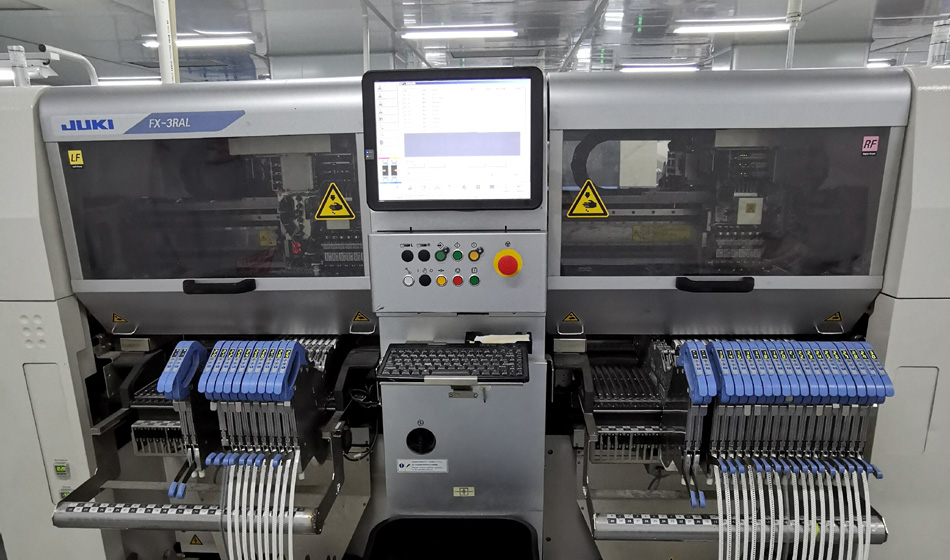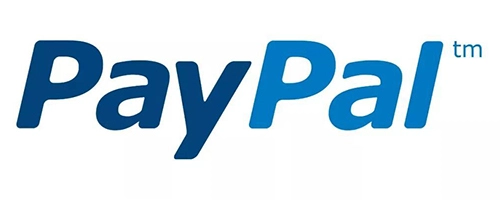- English
- Español
- Português
- русский
- Français
- 日本語
- Deutsch
- tiếng Việt
- Italiano
- Nederlands
- ภาษาไทย
- Polski
- 한국어
- Svenska
- magyar
- Malay
- বাংলা ভাষার
- Dansk
- Suomi
- हिन्दी
- Pilipino
- Türkçe
- Gaeilge
- العربية
- Indonesia
- Norsk
- تمل
- český
- ελληνικά
- український
- Javanese
- فارسی
- தமிழ்
- తెలుగు
- नेपाली
- Burmese
- български
- ລາວ
- Latine
- Қазақша
- Euskal
- Azərbaycan
- Slovenský jazyk
- Македонски
- Lietuvos
- Eesti Keel
- Română
- Slovenski
- मराठी
- Srpski језик
Energy use optimization and environmental impact control in PCBA factories
2025-06-25
With the increasing global awareness of environmental protection, PCBA (printed circuit board assembly) factories are facing increasingly stringent energy use and environmental protection requirements in the production process. How to optimize energy use while ensuring efficient production and effectively control environmental impact has become an important issue that many PCBA factories need to solve urgently. This article will explore how PCBA factories can achieve sustainable development through energy use optimization and environmental impact control.

1. The importance of energy use optimization
In the PCBA processing process, energy consumption mainly comes from equipment operation, heating, cooling and lighting. Excessive energy consumption not only increases production costs, but also burdens the environment. Therefore, optimizing energy use is a key measure to improve production efficiency, reduce costs and achieve environmental protection goals.
Through reasonable energy management, PCBA factories can reduce unnecessary energy waste without affecting production quality. For example, by regularly maintaining production equipment to ensure its efficient operation, energy loss can be reduced. In addition, the use of energy-saving equipment, such as variable frequency air conditioners, LED lighting, etc., can also effectively reduce energy consumption.
2. Introduce Energy Management System (EMS)
To effectively optimize energy use, PCBA factories can introduce Energy Management System (EMS). EMS helps enterprises identify energy waste links and develop corresponding improvement plans by real-time monitoring and analysis of energy use. For example, EMS can track the power consumption of each production link and adjust the equipment operation status through intelligent control to ensure the maximum benefit of energy use.
At the same time, EMS can also help factories predict energy demand fluctuations and make energy reserves in advance, thereby avoiding energy shortages or price increases during peak hours. This not only helps to reduce production costs, but also reduces environmental impact.
3. Control waste gas and wastewater emissions during production
During the PCBA processing process, waste gas, wastewater and other solid wastes will inevitably be generated, and these wastes have a huge impact on the environment. Therefore, controlling waste gas and wastewater emissions during the production process is an important part of PCBA factory environmental management.
In order to reduce waste gas emissions, PCBA factories should adopt advanced waste gas treatment technologies, such as high-efficiency filters and adsorption devices to reduce the emission of harmful gases. At the same time, the wastewater generated during the production process needs to be treated before being discharged to ensure compliance with environmental protection standards. In addition, factories can also reduce the generation of waste gas and wastewater from the source by optimizing production processes and reducing the use of harmful substances.
4. Optimize the use of raw materials and reduce waste
In addition to energy and waste management, PCBA factories should also optimize the use of raw materials and reduce the generation of waste. In the production process, factories can significantly reduce the amount of waste generated by improving the utilization rate of materials and reducing unnecessary losses in the production process. For example, by using more precise automation equipment and reducing manual errors, material waste can be effectively reduced.
In addition, the use of environmentally friendly materials (such as lead-free solder and recyclable materials) can also reduce the negative impact on the environment. With the rise of green manufacturing, more and more PCBA factories have begun to promote lead-free production and actively develop recyclable and degradable environmentally friendly materials to achieve sustainability in the production process.
5. Promote energy recovery and reuse
Another important environmental protection measure is to promote energy recovery and reuse. In some PCBA factories, the heat and waste gas generated during the production process can be converted into usable energy through heat recovery devices, thereby reducing energy consumption. For example, through the heat exchange system, the heat energy in the exhaust gas is used to preheat the production equipment, reducing the additional energy demand.
In addition, PCBA factories can also recycle and reuse the water resources used in the production process to the greatest extent through the circulating water system and water-saving technology. Through the recycling and reuse of energy and resources, the factory can not only reduce environmental pollution, but also further reduce production costs.
6. Establish a green certification system
In order to further strengthen the optimization of energy use and environmental impact control, PCBA factories can consider obtaining relevant green certifications, such as ISO 14001 environmental management system certification or LEED green building certification. These certifications are not only a reflection of the factory's environmental awareness, but also can bring more market opportunities to the company.
By obtaining green certification, the factory can prove its efforts and achievements in environmental protection to customers, thereby enhancing its brand image and enhancing customers' trust and willingness to cooperate.
Conclusion
In today's increasingly stringent global environmental regulations, PCBA factories must promote green production by optimizing energy use and controlling environmental impacts. This not only helps factories reduce production costs and improve resource utilization efficiency, but also lays the foundation for the long-term sustainable development of enterprises. By adopting advanced energy management systems, reducing exhaust gas and wastewater emissions, optimizing the use of raw materials and other measures, PCBA factories can achieve a more efficient and environmentally friendly production model, and ultimately achieve a win-win situation for the economy and the environment.
-
Delivery Service






-
Payment Options









